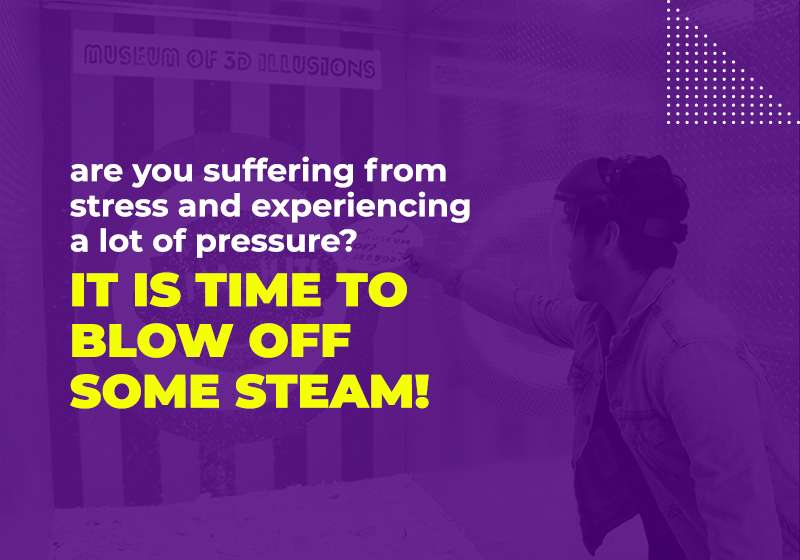
With its unassuming entrance tucked into a San Francisco side street, the National Japanese American Historical Society museum opens a door to history few have walked through.
This distinguished institution tells a vital story—one rooted in struggle, heritage, and resilience. As you enter its unassuming doors, you’re not just stepping into a museum; you’re walking into living history.
Every corner of the space offers more than relics—it holds moments. From intricately preserved immigration documents to rare community photographs, the museum showcases the layered past of Japanese Americans who helped shape San Francisco itself. It’s a place where grandparents once interned during World War II are honored beside the achievements of their descendants.
The museum’s presence in San Francisco underscores the city’s role as a gateway and guardian of multicultural narratives. It is more than a repository—it is a living, evolving voice for the Japanese American society that calls this city home.
Tracing Japanese American Roots Through History
The journey of Japanese Americans is deeply woven into the historical fabric of the United States, and this museum traces that journey with reverence. Beginning with the arrival of the first Japanese immigrants in the late 1800s, the museum presents a chronology of determination, injustice, and cultural endurance. These are not abstract tales—they are personal histories.
The National Japanese American Historical Society meticulously curates materials that illuminate the timeline of discrimination, especially during wartime. Letters from internment camps, personal belongings, and legal documents reveal the struggles Japanese Americans faced during World War II. Each item serves as testimony, restoring dignity to voices once silenced.
Through this lens, visitors gain a greater understanding of not only San Francisco’s past but also the national conscience. The museum becomes a portal, drawing connections between civic identity, historical accountability, and the continuing impact on the American experience.
The Museum’s Mission: Educating Through Memory and Dialogue
At its core, the National Japanese American Historical Society exists not just to collect artifacts, but to foster public awareness through education. The museum’s guiding idea is to promote civil liberties, cultural identity, and social justice by confronting historical realities head-on. This mission is realized in every exhibit, lecture, and community partnership.
One of the museum’s defining principles is dialogue. Exhibits aren’t static—they invite participation, introspection, and connection. Whether through school visits or intergenerational storytelling workshops, the museum transforms the past into a conversation for today. Here, history is not confined to glass cases but lives in spoken memory.
The idea behind the museum is simple yet profound: history must be taught not just to remember, but to grow. This foundational belief guides its collaborations with local schools, civic groups, and historical networks, making it a vital part of San Francisco’s cultural and educational ecosystem.
Landmark Exhibits and Cultural Treasures
Walking through the galleries of this San Francisco museum, visitors encounter objects that feel charged with emotion and meaning. One moment, you might be gazing at a hand-stitched kimono brought over by a young immigrant. The next, you’re standing before a barbed-wire fence fragment from a World War II internment camp, a sobering reminder of national misjudgment.
The exhibits bridge eras, capturing Japanese American life from early 20th-century fishing villages to post-war activism and achievements. A restored barracks room recreates the cramped living conditions endured during internment, offering visitors an unflinching look into the injustices faced. Oral history stations allow people to listen to firsthand accounts of survival and hope.
Each display in the museum is more than educational—it is intimate, deeply National in scope, and undeniably American in resonance. The historical society’s curatorial strength lies in its ability to connect the deeply personal with broader cultural meaning.
Community Engagement and Cultural Outreach
This National institution thrives not in isolation but through its connection with San Francisco’s vibrant and diverse communities. The museum regularly hosts cultural events, educational programs, and collaborative exhibitions with other local organizations. These activities make it not only a historical site but a living center of civic dialogue.
Lectures on redress movements, taiko drum performances, and heritage festivals bring Japanese history into contemporary focus. The museum also participates in San Francisco’s city-wide cultural months, ensuring that its narrative continues to evolve and expand alongside others. In doing so, it upholds the society’s mission of bridging generational and cultural divides.
Through outreach, the museum proves itself to be more than just a guardian of the past—it becomes a proactive voice in current discussions on race, memory, and reconciliation. It is in this context that its historical role finds contemporary power.
Honoring Legacy Through Artistic Collaboration
Art has long served as a conduit between cultural memory and contemporary identity, and the National Japanese American Historical Society embraces this bridge through powerful artistic collaborations. San Francisco artists of Japanese descent often contribute temporary installations, using mixed media to reinterpret moments from their family’s histories. These works add a dynamic layer to the museum’s offerings—one that pulses with living creativity.
Recent exhibitions have included mosaic walls made from fractured ceramics symbolizing post-internment healing, and calligraphy pieces echoing traditional Japanese brushwork while addressing modern themes of displacement and justice. These collaborative projects engage the public emotionally, transforming history into shared experience. They invite visitors to step beyond observation and into empathetic participation.
In fostering such artistic expression, the museum reaffirms its role not just as a historical archive, but as a vital cultural participant. Through these ongoing partnerships with San Francisco’s artistic community, the museum amplifies its National commitment to memory, its Japanese American voice, and its role as a steward of historical truth and creative resilience.
A Modern Bridge to the Past: Museum of 3D Illusions
While the National Japanese American Historical Society connects visitors with grounded realities and cultural memory, the nearby Museum of 3D Illusions offers a different kind of storytelling—one driven by visual surprise and playful interaction. The contrast enhances the appreciation of both spaces. One educates through preservation; the other through immersive fantasy.
At the Museum of 3D Illusions, guests find themselves leaping across lava rivers flowing down a twisted version of Lombard Street or drifting among clusters of luminous balloons. “Smash It!” invites cathartic expression as visitors shatter dishes against a wall, turning emotional release into art. These exhibits may seem fantastical, but they echo real human themes—fear, freedom, release, and wonder.
Together, these two San Francisco museums—one historical, one sensory—offer a fuller experience of the city’s cultural landscape. Whether sinking into the past or soaring above it on a painted magic carpet, each museum makes you feel, reflect, and connect.
FAQ
Where is the National Japanese American Historical Society located in San Francisco?
The National Japanese American Historical Society operates a museum and archive in San Francisco, providing visitors access to historical materials, immersive exhibits, and community programs.
Can the Museum of 3D Illusions complement a visit to the National Japanese American Historical Society Museum in San Francisco?
Yes, many travelers visit both—the National Japanese American Historical Society Museum for historical education and the Museum of 3D Illusions for interactive fun like dodging shark attacks or teetering over skyscraper rooftops.


